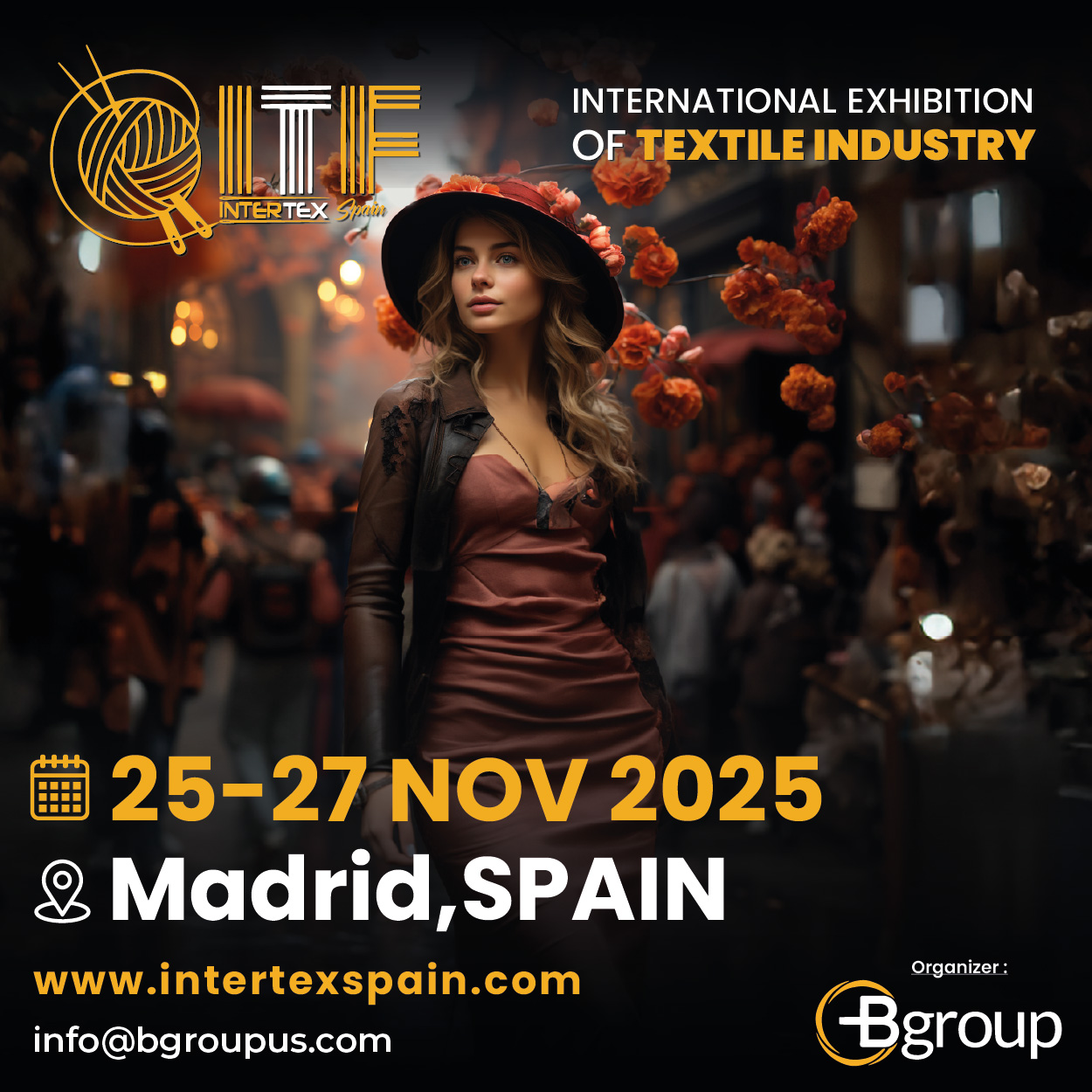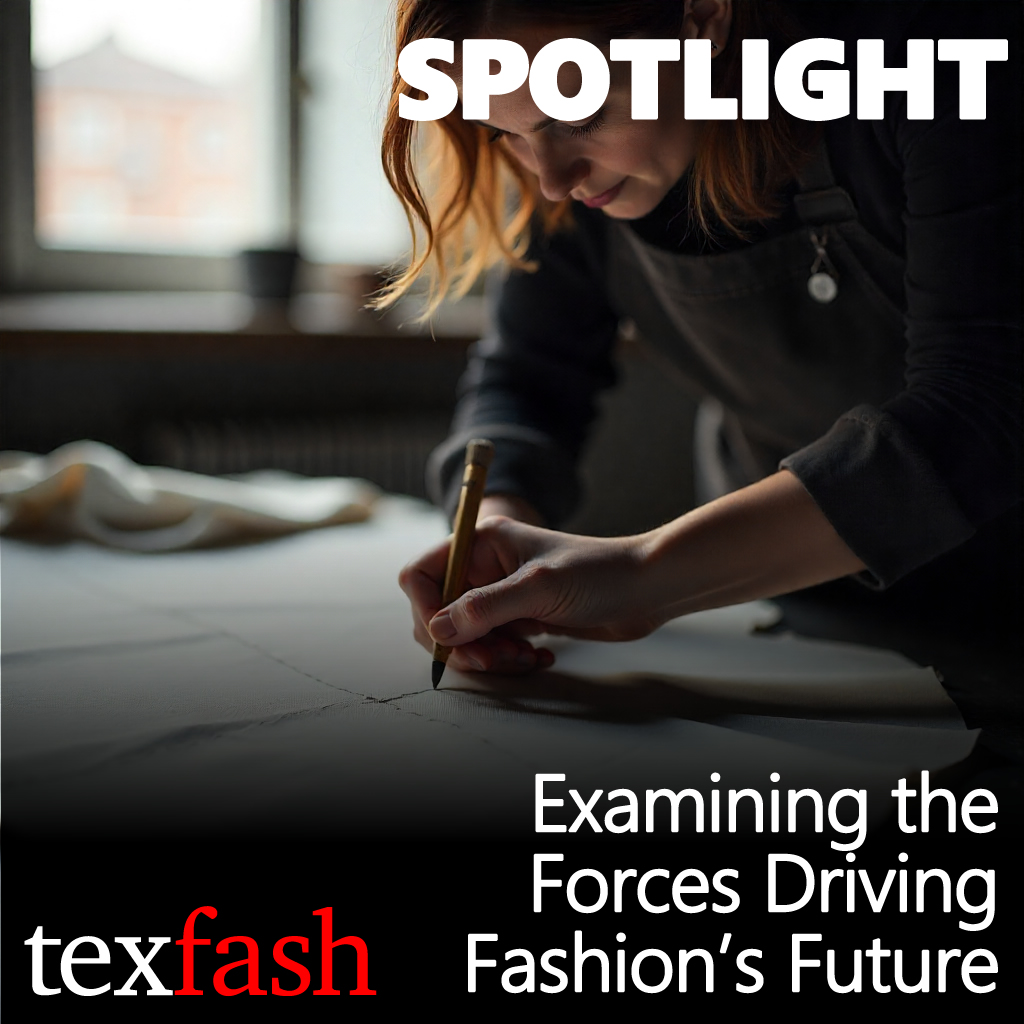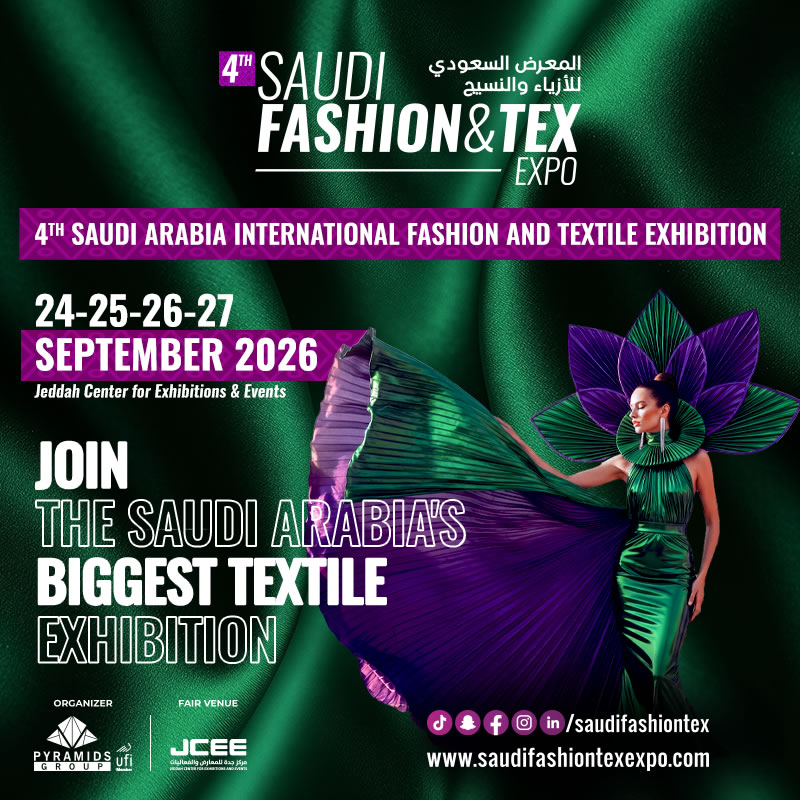Generative art inside virtual fashion stores is emerging as an effective atmospheric cue. Across controlled metaverse experiments, its presence heightened perceived exclusivity and aesthetic pleasure and increased approach intentions, according to a new study. Effects were evident for both mass and luxury formats, with mass brands gaining more. Dynamic, ever-changing visuals outperformed static displays, also lifting intentions to share experiences online—making algorithmic art a practical option for immersive retail environments.
- Led by human-centred design researchers at Cornell University, two controlled virtual-store experiments isolated generative art’s effects on perceived exclusivity, aesthetic pleasure, and approach intentions among female participants.
- Benefits appeared across luxury and mass formats, though mass brands recorded stronger lifts in perceived exclusivity—narrowing the aesthetic gap typically associated with premium retail settings.
- Dynamic generative installations outperformed static visuals, elevating exclusivity and pleasure while increasing intentions to share experiences online through electronic word-of-mouth.
- Detailed findings appear in the paper “Exploring the Impact of Generative Art in Virtual Stores,” published in the Journal of Retailing and Consumer Services. The study was authored by Woo Bin Kim (National University of Korea), Jhovanna Vanessa Perez (Cornell University), and So-Yeon Yoon (Cornell University).
THE PROJECT: The research examined how algorithm-generated art shapes consumer experience inside virtual fashion stores. Conducted through two controlled experiments, it tested how the presence and dynamism of generative art affected perceptions of exclusivity, aesthetic pleasure, and approach intentions. Using metaverse-based 3D retail environments, the study isolated responses to art presence, motion, and brand type, comparing reactions across luxury and mass-market settings.
- Two experiments simulated identical virtual stores where only the art display varied—one wall featured shifting black-and-white visuals while the control remained blank.
- Study 1 involved 120 female participants, averaging 28 years, assessing art presence versus absence across mass and luxury contexts.
- Study 2 engaged 90 women to test static against dynamic generative art, focusing on how movement influenced online word-of-mouth intentions.
- Across both studies, exclusivity and aesthetic pleasure emerged as the strongest mediators linking visual stimuli to store appeal and approach behaviour.
WHAT THE FOUND: Generative art consistently enhanced consumers’ perceptions of exclusivity and aesthetic pleasure, translating into stronger approach intentions and online engagement. Both luxury and mass-market stores recorded positive responses, though effects were more pronounced for mass brands. Dynamic, continuously changing visuals produced greater emotional and behavioural impact than static versions, reinforcing the art-infusion principle within digital retail environments.
- Shoppers exposed to generative art rated stores as more luxurious and attractive, indicating positive transfer of artistic value to retail context.
- Dynamic installations increased aesthetic pleasure and exclusivity, amplifying intentions to revisit or recommend stores online.
- Mass-brand environments benefited disproportionately, suggesting algorithmic art narrows perception gaps between premium and mainstream retail.
- Static versions delivered milder gains, confirming that visual motion heightens engagement within immersive digital settings.
THE OTHER SIDE: While generative art produced broadly positive reactions, its influence varied according to consumers’ familiarity with art and individual artistic openness. Participants less accustomed to art displayed stronger responses to generative installations, and those with higher openness levels reacted more favourably to dynamic visuals. These moderating effects underline how personal and contextual differences shape perception in virtual retail settings.
- Generative art worked better among participants with limited prior exposure to visual art, suggesting novelty heightens its emotional impact.
- Artistic openness amplified responses to motion; highly open individuals reported stronger feelings of exclusivity and aesthetic pleasure.
- Brand familiarity moderated results slightly, with mass-brand contexts showing wider variation between static and dynamic conditions.
- These moderating patterns reinforce that consumer traits influence how digital art installations translate into perceived value.
COMING UP: The research team plans to extend generative art experiments beyond retail to test its influence in social and wellbeing environments. Future work will examine applications in assisted-living, healthcare, and retirement facilities where dynamic visuals could provide continual stimulation and comfort. The authors highlight generative art’s scalability—once programmed, it produces limitless variations without additional material cost or artistic labour.
- The researchers view algorithmic art as a sustainable alternative to traditional installations requiring manual creation or maintenance.
- Expanding trials to healthcare and community spaces may reveal therapeutic or emotional benefits alongside aesthetic appeal.
- Broader adoption could democratise access to evolving art forms, aligning creative technology with practical design outcomes.
- Findings encourage exploration of generative art as a constant, living medium capable of adapting across contexts.

















